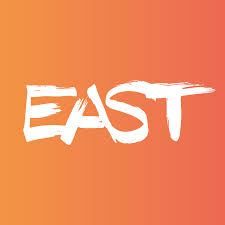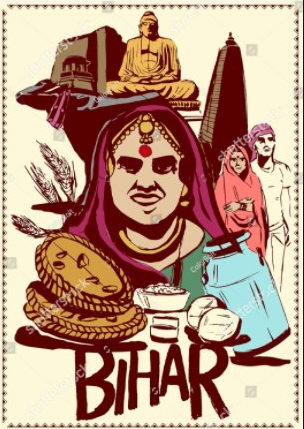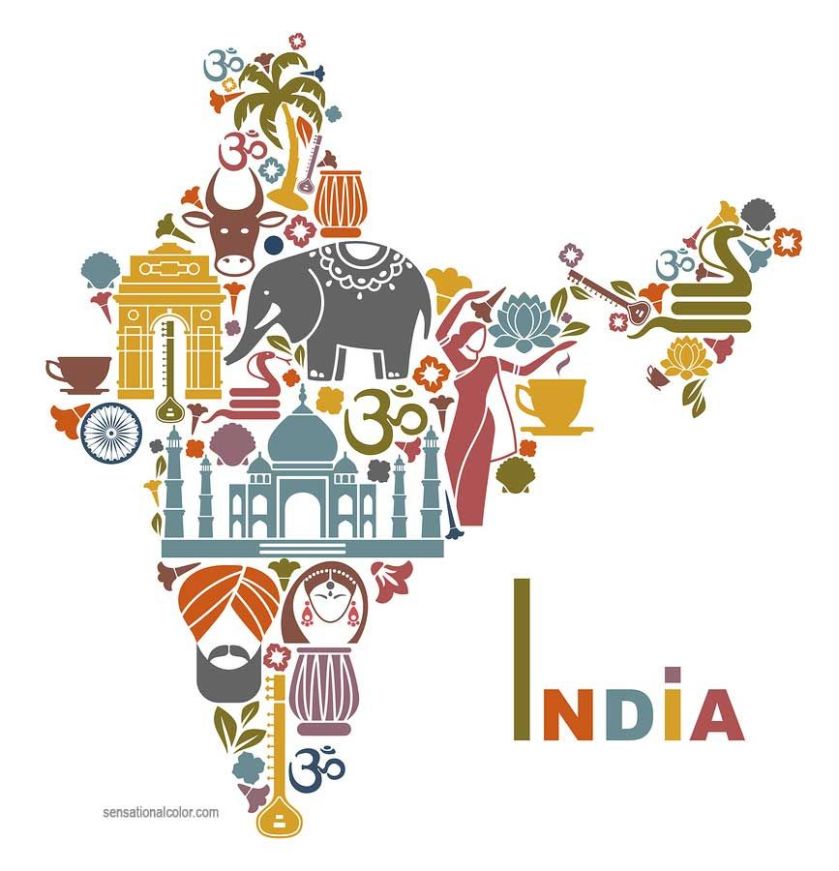Today, the world is fast becoming a global village, with many countries enjoying a multicultural environment. Understanding different cultures is not only critical, but it also promotes ample coexistence. As we learn about diverse cultures, it is worth noting that all of us are individuals. Rather than generalizing, we should treat each other as individuals. This will go a long way in creating a better environment where we can all thrive.

Today, we will cover East India!! Diwali is a celebration of the triumph of good over evil in East India as well, but the mythological story here is a little different. The festival is celebrated as Kali Puja in this part of the country and Goddess Kali rightly takes center stage in all festivities.

WEST BENGAL:- There is a widely held belief among Bengalis that the noted 16th century Tantric scholar, Krishnananda Agamavagisha had once dreamt of Goddess Kali. The Goddess, who was until then largely been associated with death and darkness, is believed to have instructed Agamavagisha to worship her in a form that incorporated in her forms of feminine domesticity.
Agamavagisha is attributed with popularising the worship of a certain image of Kali in Bengal and is also believed to have started the oldest Kali puja in the region. The zamindars of later centuries took forward the tradition and turned them into ostentatious projects to showcase wealth and power. Till date, when India celebrates Diwali, it is Kali puja that is observed and celebrated with much pomp and pride in Bengal.

BIHAR:- Diwali commemorates the return of Lord Rama along with Sita and Lakshman from his fourteen year long exile and vanquishing the demon-king Ravana. In joyous celebration of the return of their king, the people of Ayodhya, the Capital of Rama, illuminated the kingdom with earthen diyas (oil lamps) and burst crackers.
In Bihar, without focusing on the origin, they are more towards celebrating the festival in more unique and fantastic ways. In Bihar families observe Lakshmi Puja in the evening, and women make rangolis in their homes and temples. Traditionally, the Rangoli was made with white rice paste and not colors. It is locally called ‘Alpona’ and decorated with red paste and small diyas in certain spots for a dash of warmth and color.

ASSAM:- Here, the ‘Festival of Lights’ is not just limited to customary bursting of crackers and exchange of lip-smacking sweets, but also accompanied by Kali Puja and the ritualistic ceremony of ‘Badabadua Daka’. The first day of the festival when celebrants prepare by cleaning their homes and making decorations on the floor, such as rangoli. The second day is Naraka Chaturdashi or the regional equivalent which for Hindus in the south of India is Diwali proper. Western, central, eastern and northern Indian communities observe main day of Diwali on the third day, the day of Lakshmi Puja and the darkest night of the traditional month. In some parts of India, the day after Lakshmi Puja is marked with the Goverdhan Puja and balipratipada, which is dedicated to the relationship between wife and husband.

This is it! We hope you enjoyed the Culture Check [Diwali Edition]!
We will be back with more Culture Checks in the future! Do give us your feedback and get back to us if you have some amazing/unknown fact about your or any culture!
Our country is diverse in cultures, let us all embrace our individualism and celebrate every festival as our own. After all, it’s never bad to celebrate every day as a festival!
-Priyal Rao (Vice Cultural Prefect)
Session 2020-21